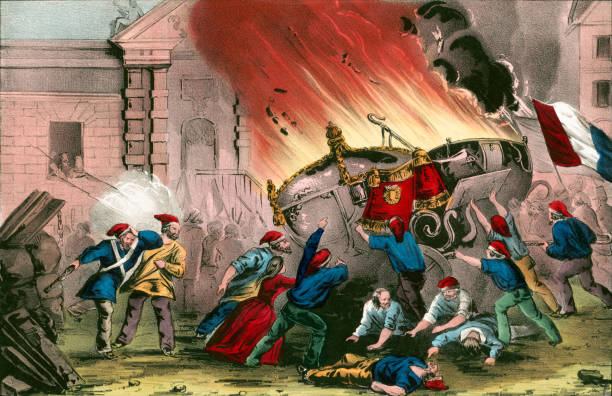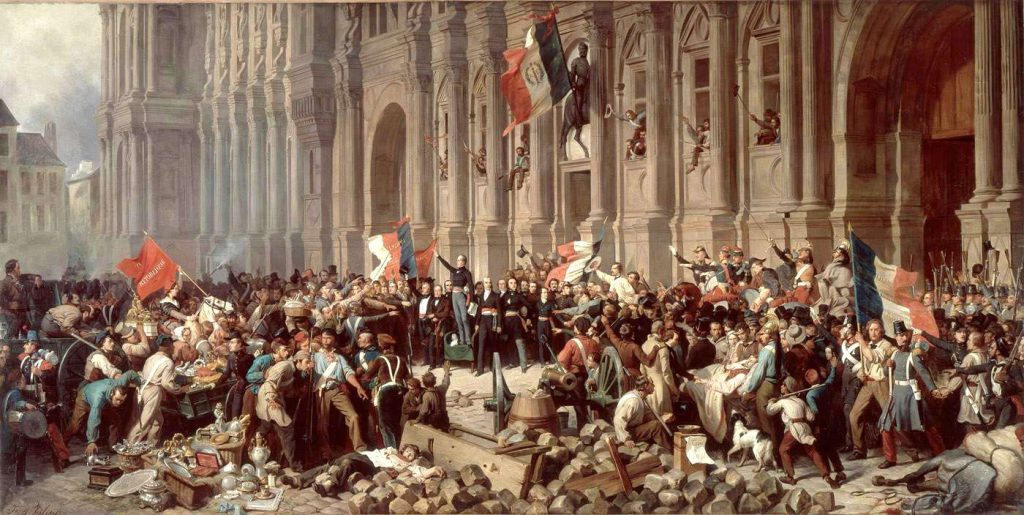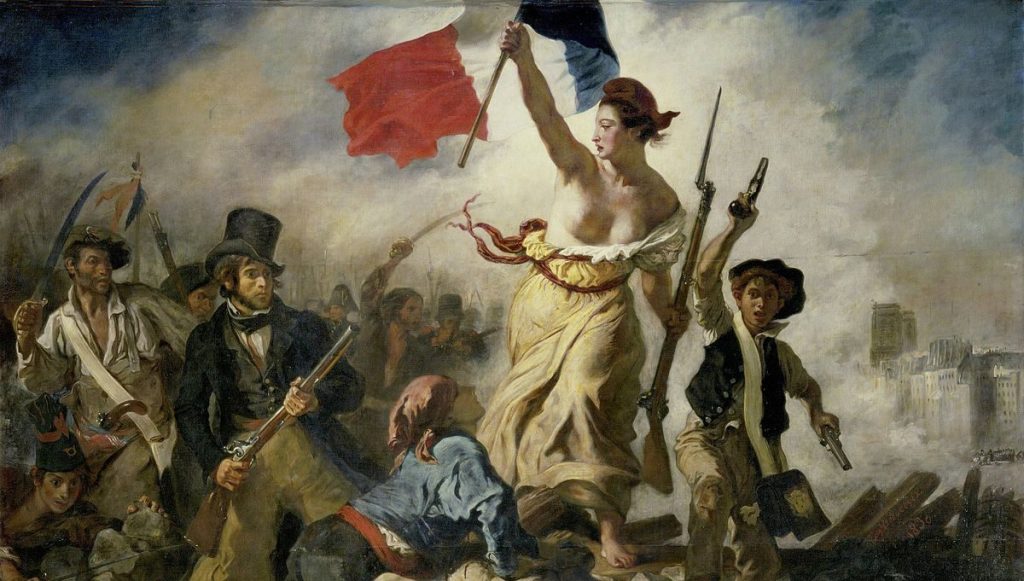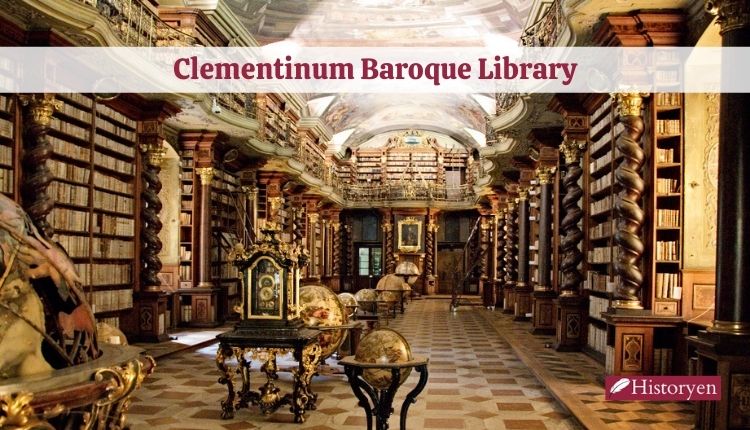The French Revolution of 1789 was a pivotal moment in the history of modern art. It marked a major shift in the way art was created and perceived, and its influence can still be seen in the art of today. The Revolution brought about a new appreciation for the individual and a rejection of the traditional hierarchy of the past. This led to a new emphasis on the importance of the artist and their creative expression. The Revolution also saw the emergence of a new style of art, known as Neoclassicism, which was heavily influenced by the ideals of the Revolution. This style of art was characterized by its focus on classical themes, its use of line and form, and its use of light and shadow. The French Revolution also had a profound impact on the development of modern art, with its emphasis on individual expression and its rejection of traditional hierarchies. This has led to the emergence of a wide range of styles and movements, from Impressionism to Cubism, which have all been heavily influenced by the ideals of the Revolution.
How it influenced the Development of Modern Art
The French Revolution of 1789 was a pivotal moment in the history of modern art. It marked a shift away from the traditional, classical styles of the past and towards a more modern, progressive approach to art. This shift was driven by the revolutionary ideals of liberty, equality, and fraternity, which sought to break down the barriers between classes and create a more egalitarian society.
The French Revolution had a profound impact on the development of modern art. It encouraged artists to explore new forms of expression and to challenge the status quo. This was reflected in the works of the French Romantic painters, who sought to capture the spirit of the revolution in their art. They depicted scenes of violence and chaos, as well as scenes of hope and optimism.

The French Revolution also had a major influence on the development of Impressionism. This movement sought to capture the fleeting moments of everyday life, and to capture the beauty of the natural world. The Impressionists were inspired by the revolutionary ideals of liberty and equality, and sought to create art that was accessible to all.
The French Revolution also had a major impact on the development of modern sculpture. Sculptors sought to create works that were more abstract and expressive, and that could convey the revolutionary ideals of liberty and equality. This was reflected in the works of Auguste Rodin, who sought to capture the human form in a more expressive and dynamic way.
The French Revolution had a major influence on the development of modern art, and its legacy can still be seen in the works of modern artists today. Its ideals of liberty, equality, and fraternity continue to inspire artists to challenge the status quo and to create works that are accessible to all.
Exploring the Impact on the Art of the 19th Century
The French Revolution of 1789 had a profound impact on the art of the 19th century. This period of political and social upheaval saw the emergence of a new style of art, known as Romanticism, which was characterized by its focus on emotion, nature, and the individual. This style was in stark contrast to the Neoclassical art of the 18th century, which had been heavily influenced by the ideals of the Enlightenment.
The French Revolution was a major catalyst for the development of Romanticism. The upheaval of the Revolution caused many artists to question the values of the Enlightenment and to seek out new ways of expressing themselves. This led to a focus on emotion and the individual, as well as a fascination with nature and the sublime. Artists such as Eugène Delacroix and Théodore Géricault used their art to express their feelings about the Revolution and its aftermath.

The French Revolution also had a major impact on the development of Realism. This style of art was a reaction against the idealized and romanticized depictions of the past. Realism sought to depict the world as it actually was, focusing on everyday life and the struggles of the working class. Artists such as Gustave Courbet and Jean-François Millet used their art to document the realities of life in 19th century France.
The French Revolution also had a major influence on the development of Impressionism. This style of art was a reaction against the traditional academic style of painting, which focused on realism and accuracy. Impressionists such as Claude Monet and Pierre-Auguste Renoir sought to capture the fleeting effects of light and color in their paintings.
In conclusion, the French Revolution had a profound impact on the art of the 19th century. It led to the emergence of new styles such as Romanticism, Realism, and Impressionism, which sought to express the feelings and experiences of the time. These styles would go on to shape the art of the 19th century and beyond.
Examining the Relationship Between the French Revolution and the Rise of Impressionism
The French Revolution of 1789 is widely regarded as a pivotal moment in European history, and its effects can be seen in many aspects of modern life. One of the most significant of these is the rise of Impressionism, a revolutionary art movement that emerged in the late 19th century.
The French Revolution was a period of political and social upheaval that saw the overthrow of the monarchy and the establishment of a new republic. This period of upheaval and change had a profound effect on the art world, as it ushered in a new era of artistic expression. The French Revolution saw the emergence of a new class of artists, who sought to challenge the traditional conventions of painting and to create works that reflected the changing times.
The rise of Impressionism was a direct result of the French Revolution. The movement was characterized by its use of bright colors, loose brushstrokes, and a focus on capturing the fleeting effects of light and atmosphere. This style of painting was a direct response to the political and social changes that had taken place in France, and it sought to capture the spirit of the times.
The Impressionists were also influenced by the new freedoms that had been granted to the French people during the Revolution. They were able to express themselves more freely than ever before, and this allowed them to explore new techniques and styles of painting. This newfound freedom allowed them to create works that were more expressive and personal than ever before.
The French Revolution and the rise of Impressionism are inextricably linked. The Revolution provided the impetus for a new era of artistic expression, and the Impressionists were able to take advantage of the newfound freedoms to create works that reflected the spirit of the times. The Impressionists’ works are a testament to the power of the French Revolution, and its lasting influence on the art world.



